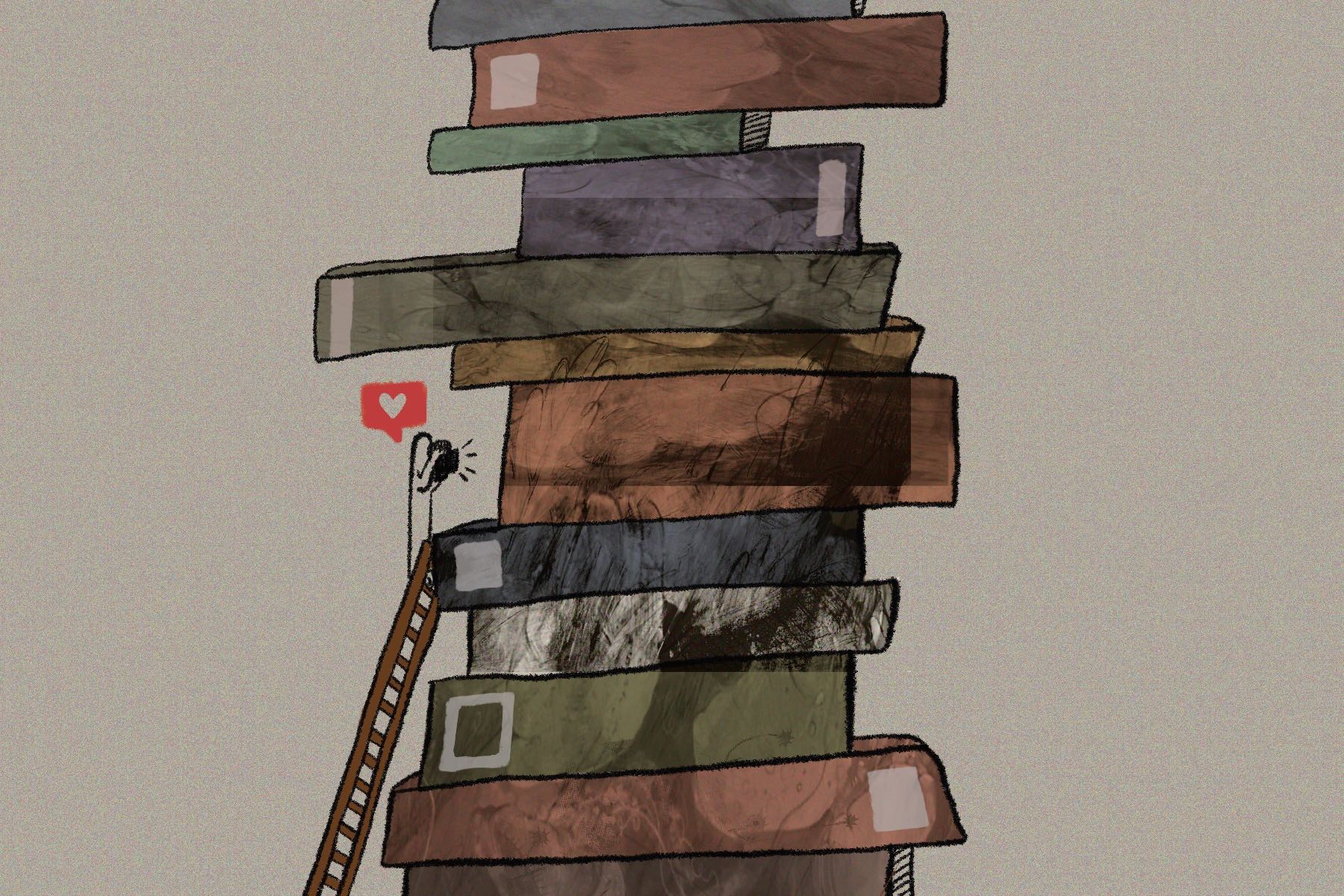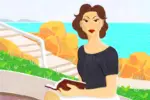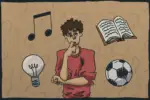Although very similar, there is a fine line between readers and book lovers. Readers will do anything to get their hands on a book, whether it be borrowing from a friend, renting from the library or finding a bootleg online. (Yes, there is such a thing as bootlegs for books.)
Book lovers are not much different. They still love to read and still do it at alarmingly frequent rates, but they also really love those covers. Cover art, color-coded bookshelves and cups of swirling tea are staples of the ever-growing online community known as Bookstagram.
The hashtags start with #Bookstagram, expand to #bookhaul, #booknerd, #booksofinstagram, #bookish, and go on and on. Clicking on any of these hashtags will lead you to an endless scroll of shelves carrying “Harry Potter” pop figures, dystopian fantasies and young adult romance novels.
Like most niche communities on social media, there is no clear origin to this phenomenon. One thing is for sure: publishing companies, authors and readers alike have been cashing in on this lifestyle for quite some time.
Like all great creative endeavors, there is no one right or wrong way to Bookstagram. Some Bookstagrammers devote their accounts to a more review-oriented route, captioning their pictures with detailed commentary and analyses of their latest read.
Others take a more aesthetic approach, posting high-quality photographs of open Macbooks, local bookstores and books themselves. Other users use their accounts to track their reading, creating compilation #TBR (to be read) posts at the beginning of each month. Most popular accounts are a mixture of all of these elements, posting new content nearly everyday that falls under the bookish realm.
https://www.instagram.com/p/BwCpULGnsAV/
In the past few years, the community has been steadily growing, with the #Bookstagram hashtag having over 30 million posts — and companies have taken notice. Many Bookstagrammers have partnered with authors and publishing companies to create paid content and get early access to unreleased books. This sort of marketing is no different than the other sponsorships you see on your Instagram feed, but in a world where it seems like print is dying, this sort of exposure is crucial.
Think about it: books rarely, if ever, get commercials and trailers the same way that movies and TV shows do. People are way less likely to pick up a book than watch a movie: it’s just a fact. A movie will only take two or so hours out of a person’s day, while a long book could take weeks to finish. People need to be convinced, so why not do the convincing through one of the most popular social media platforms?
As with any other content that relies heavily on material items, there is a possibility to quickly fall into the trap of consumerism. This has been a problem that has plagued Bookstagram’s cousin, a YouTube community named BookTube, for some time.
On BookTube, there seems to be a culture of hoarding expensive books for the sake of a pretty bookshelf. Many BookTubers recognize this and are working tirelessly to reverse these effects by creating a new trend called “Book unhauls,” a play on the typical haul that involves users gathering books on their shelves to get rid of (usually donated or sold to a local small bookshop).
Fortunately, at least in my experience, Bookstagram does not seem to face this backlash in a widespread fashion. I personally find the Instagram community more candid, as most of the accounts I follow are not afraid to share an e-book or library book, instead of constantly showing off expensive, fancy hard-cover books just for the sake of being able to hold them in their hand (although there are certainly accounts that do that, if that is something you are interested in).
Many of these accounts are run by women in their twenties, but there is certainly no shortage of diversity in the genre. The Bookstagram community also does a great job of erasing the stigma surrounding the young adult. Many experts tend to look at books like “Twilight” and immediately write off young adult novels as poorly written, sappy, unrealistic and reserved for teen girls. But the Bookstagram community does the absolute most to make sure that this wide genre is recognized for its vivid storytelling and strong characters.
Through the power of Bookstagram, teen reading is booming now more than ever. Major publishing companies such as Penguin and Random House are active in the community, posting the most “aesthetic” pictures to market their newest releases, as well as interacting with followers and offering giveaways. Is a fancy aesthetic and little bit of social media magic all that’s needed to keep reading print books alive? It may be just the thing.
















